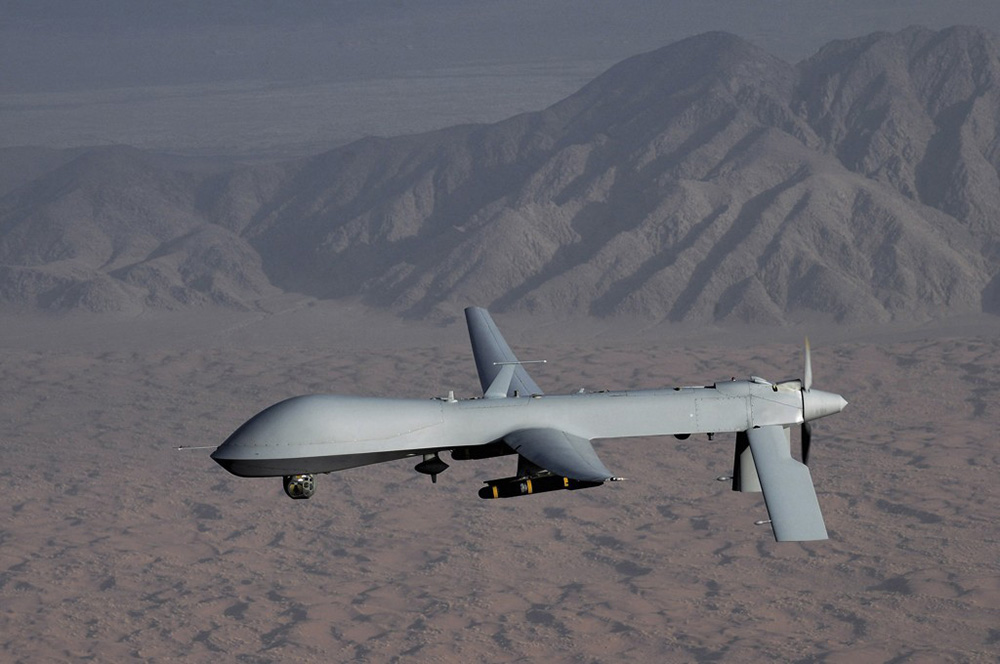Drones are getting a lot of attention these days.
First we had the January release of the NOVA PBS documentary, “Rise of the Drones.” Drones have also been recently covered in both the New York Times and TIME Magazine. In fact, there was a cover story on drones in TIME not long after my own article appeared in TIME, addressing women in combat roles.
Then, just this week, WIRED released a piece the Navy’s most valued drone successfully simulating a landing on an aircraft carrier deck. I can testify completing an arrested landing on an aircraft carrier’s desk is a precise skill, and as someone who has done it, I know the challenges inherent in getting a robot to successfully complete this maneuver must be quite an endeavor.
Clearly drone technology is advancing at a rapid clip. But drones are controversial. Should they be admired or reviled? And what can corporate America learn about the debate over the merits of drones in the military?
In military operations, as in many global corporations, technology advances endeavor to improve upon human capital. And in many instances, these technical innovations bring impressive returns: improved operating efficiencies, decreased errors and faster time-to-market.
Technology has been changing warfare operations ever since the Stone Age. From the English longbow to ‘fire and forget’ missiles, with every new development comes the same question: Is this ethical?
But there are places where technology can never replace human capital: reflecting, making ethical and moral decisions. The challenge of moral responsibility and leading with courage is real.
As drones take to the sky they will allow our military operations to fight with precision, while keeping our troops out of harm’s way. In many cases that precision may very well outweigh the precision of even a highly skilled pilot. But, in these cases, we are bound to see some areas where drone use lacks oversight, judgment and perception. This is dangerous ground, particularly when there is no established legal framework in place that offers transparency and accountability for decisions made on the battlefield, and afar from the battlefield.
As we continue to invest in new innovations on the manufacturing floor, in the boardroom, and in corporate marketing, our true leaders will also ensure they invest in their people. Because arming people with new technologies is powerful. But arming people with leadership skills, creating an engaged workforce, and providing people the tools to both serve and lead based on integrity, and expressed organizational values, is critical or we stand to lose ground.
For American companies to continue to stay competitive, we must continue to innovate – not just with technology – but with people. And that is why, as I stood on stage at the corporate headquarters of one of America’s top corporations the other day, and looked out at the sea of people, I knew that I was in the right place, doing the right thing. Flying a fighter jet is amazing. New technology like we are seeing with drones is amazing. But in my view, people who can lead with courage are often the most amazing asset of all.
 Carey Lohrenz is the author of the Wall Street Journal Best Seller “Fearless Leadership: High-Performance Lessons from the Flight Deck.”, a motivational speaker and leadership expert.
Carey Lohrenz is the author of the Wall Street Journal Best Seller “Fearless Leadership: High-Performance Lessons from the Flight Deck.”, a motivational speaker and leadership expert.
Carey has flown missions worldwide as a combat-mission-ready United States Navy F-14 Tomcat pilot. Her extensive experience operating in one of the world’s most challenging environments, an aircraft carrier, and her unique position as one of the first female combat pilots make her the perfect opening or closing inspirational keynote speaker for your corporate meeting or conference.
Carey graduated from the University of Wisconsin where she was a varsity rower, also training at the Pre-Olympic level. After graduation, she attended the Navy’s Aviation Officer Candidate School before starting flight training and her naval career. She is the mother of four kids, and is currently working on her Master’s in Business Administration in Strategic Leadership.







